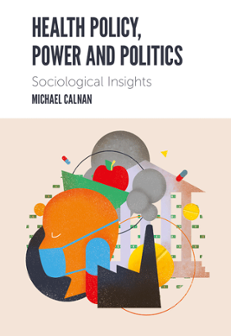
Index
Health Policy, Power and Politics: Sociological Insights
ISBN: 978-1-83909-397-5, eISBN: 978-1-83909-394-4
Publication date: 6 April 2020
Citation
Calnan, M. (2020), "Index", Health Policy, Power and Politics: Sociological Insights, Emerald Publishing Limited, Leeds, pp. 163-168. https://doi.org/10.1108/978-1-83909-394-420201012
Publisher
:Emerald Publishing Limited
Copyright © 2020 Michael Calnan
INDEX
Index
- Prelims
- An Introduction
- Chapter 1: Continuity or Change? Organisational Developments in the National Health Service
- Chapter 2: Medical Professionalism and its Reconfiguration
- Chapter 3: A Responsive Health Service? Patient Choice, Public Involvement and Co-Production
- Chapter 4: Rationing, Regulating and Big Pharma
- Chapter 5: Mental Health Policy and an Epidemic of Misery
- Chapter 6: Framing Health Policy in the Media
- Chapter 7: The Widening in Social Inequalities in Health but the Narrowing of Policy
- Chapter 8: Environment, Place and Health Policy
- A Conclusion
- References
- Index